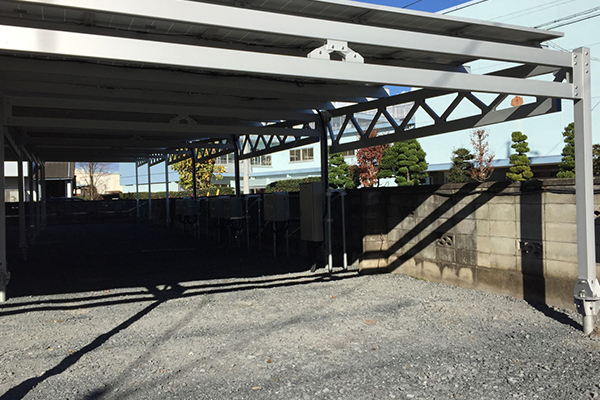Crop Fields
In large – scale crop fields, solar panels mounted on adjustable structures can be installed in rows. The height of the agricultural solar mounting system can be set according to the growth stage of the crops. For instance, during the early growth stages of low – lying crops like lettuce or strawberries, the solar panels can be placed relatively low to maximize sunlight capture. As the crops grow taller, the panels can be raised to avoid shading the plants. A real – world example is in some regions of the United States, where farmers have installed such adjustable solar mounting systems in their wheat fields. During the initial growth period of wheat, the solar panels are set at a lower height. As the wheat grows and matures, the panels are adjusted upwards, ensuring both the healthy growth of the wheat and the efficient generation of solar power.
Greenhouses
Solar mounting systems are also increasingly being used in greenhouses. The solar panels can be integrated into the greenhouse structure, serving a dual purpose. They generate electricity, which can be used to power the greenhouse’s lighting, ventilation, and heating systems. At the same time, they provide partial shading, which can be beneficial for certain plants that require a specific light intensity and temperature control. In Shouguang, Shandong Province, China, the first photovoltaic vegetable greenhouse in the country has been built. The solar panels on the greenhouse roof not only generate electricity for the operation of the greenhouse facilities but also provide proper shading for the vegetables inside, creating a more suitable growth environment. This has led to a reduction in the use of external energy sources and an increase in the overall efficiency of the greenhouse operation.
Livestock Farms
On livestock farms, solar panels can be installed over areas such as feed storage areas or livestock shelters. The electricity generated can be used to power water pumps for providing clean water to the animals, as well as for lighting and heating in colder months. The shaded areas under the solar panels can also provide a cool resting place for the livestock during hot summer days. In the town of Tu’gou, Hequ County, Shanxi Province, China, a “photovoltaic + breeding + straw processing” industrial project has been implemented. Blue photovoltaic panels are neatly arranged on the roof of the cattle farm. The electricity generated by these panels is not only connected to the national grid but also used to power the facilities within the farm. The shaded area under the panels provides a comfortable space for the cattle, and the project has achieved a win – win situation of clean energy utilization and livestock breeding development.

